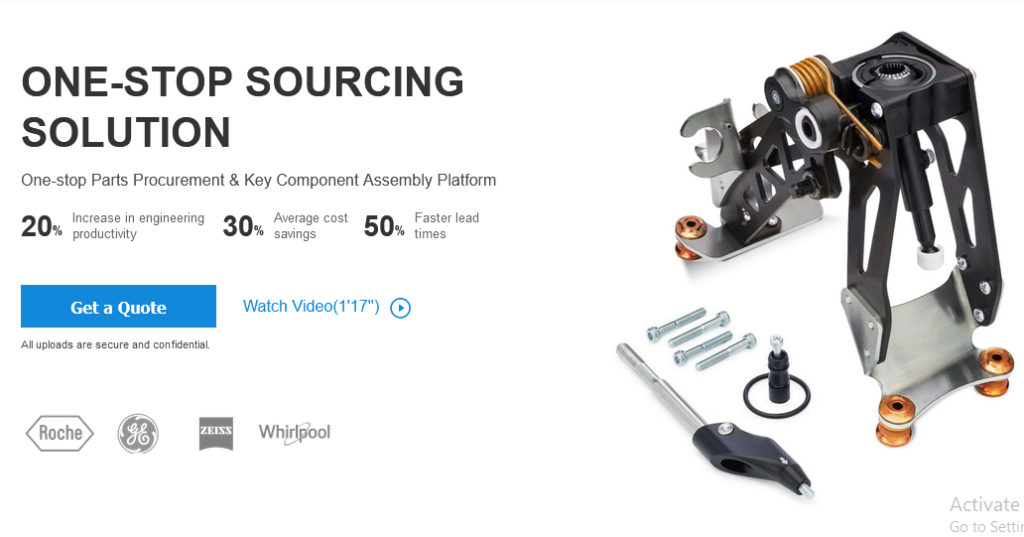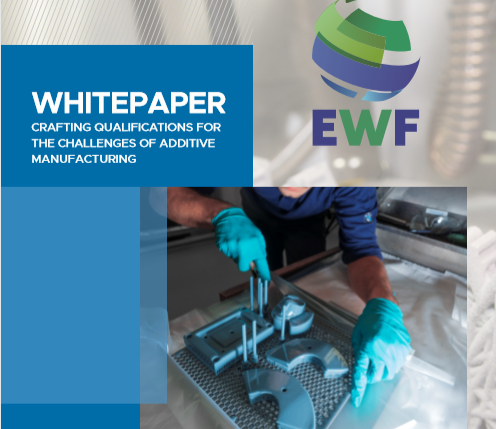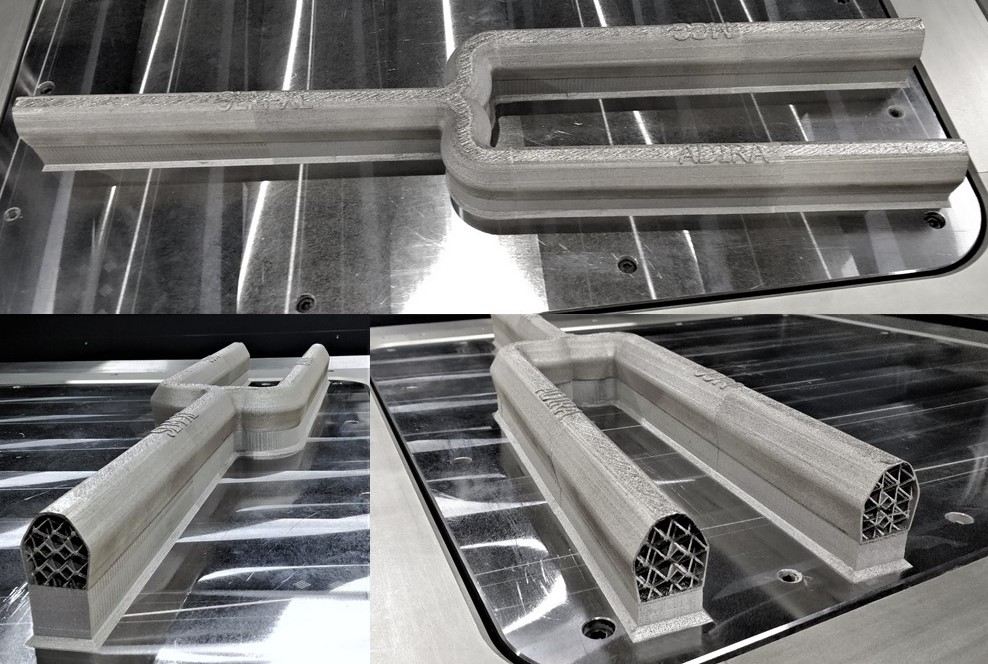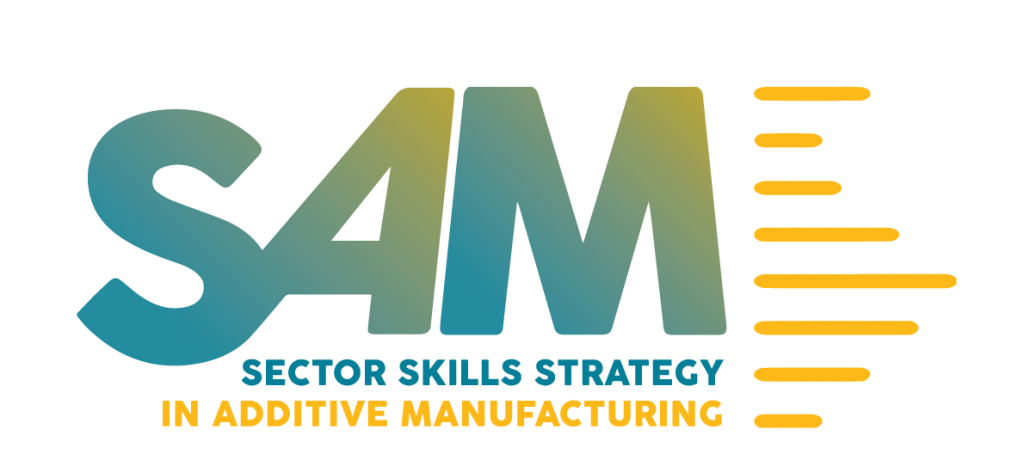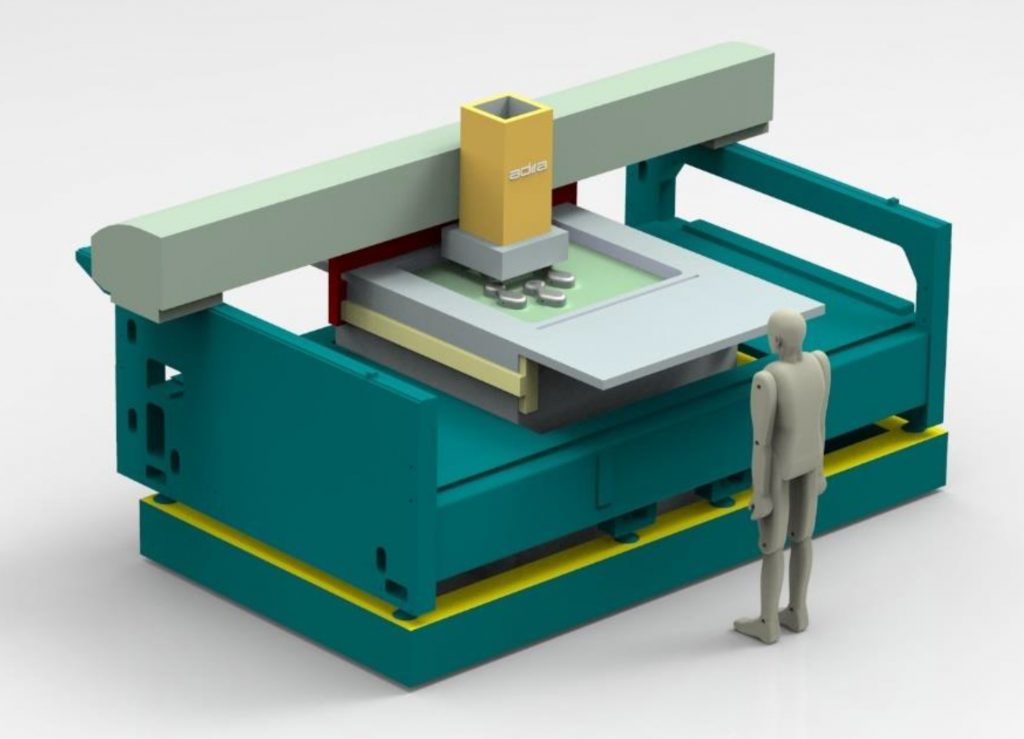
The SLM-XL – 3D project puts together leading research and industrial organizations to develop a prototype capable of coping with the most demanding real-life scenarios
LISBOA, 9-May-2019 — /EPR INDUSTRIAL NEWS/ — Utilization of laser powder bed fusion (LPBF) technology has been confined to the production of small parts with up to 99,9% relative density and with clear economic benefits, yet the difficulty to increase parts size while keeping its mechanical and other properties have prevented its utilization for large scale parts production. This is the challenge addressed by the SLM-XL project lead by an equipment manufacturer (Adira Metal Forming Solutions) with the collaboration of research organizations (Instituto Superior Técnico, Universidade Nova de Lisboa – Faculdade de Ciência e Tecnologia) and end user (MCG – Manuel Conceição Graça). The consortium was tasked with the production of 316L stainless steel materials with a prototype SLM machine developed by ADIRA, and the project’s outcomes included a methodology for selection of parameters to fabricate large metal parts in stainless steel 316L, as well as contributing for the development of the final prototype machine.
Laser powder bed fusion (LPBF9 also known as selective Laser Melting (SLM) or direct metal laser sintering (DMLS), is a layer by layer process in which a defined powder thickness is melted by the laser allowing the manufacture of functional complex shaped components, with high structural integrity for low volume and affordable costs in different materials. Printing large-scaled parts with selective laser melting process provides a fast and efficient way to create low volume parts of any length and height allowing flexibility in design and overcoming disadvantages of traditional manufacturing technologies as eg. casting where modifying casting molds when the component design is changing is time consuming and cost-intensive. Especially in case of prototyping, additive manufacturing enhances the flexibility of manufacturers in design iterations.
The challenges are due to the microstructure and mechanical properties of additive manufactured parts, which can show anisotropy and position-depending properties. For large-scaled LPBF machines the position depending changes in microstructure and mechanical properties are more pronounced as compared to LPBF machines with reduced build volume. There is a market demand for this type of machines and as such several manufacturers are commercializing equipment with increased build envelopes.
Adira is addressing this market and has moved from design to prototype. The machine, used to produce the samples for the SLM-XL project, has been displayed in several exhibitions and is gaining market recognition, including being awarded on the Product Innovation category by COTEC-ANI in 2017, due to its unique TLM (Tiled Laser Melting) printing process technology.
Bringing the machine design into real-world usage scenarios
The present investigation has focused on the influence of an enlarged build envelope on porosity, and mechanical properties of 316 L stainless steel samples.
There is still significant lack of knowledge and understanding about the correlations between process parameters and mechanical properties and for high-power LPBF systems with increased build rates. As a result of extended laser powers of up to 1 kW the solidification conditions significantly affect the resulting microstructure in terms of size of dendrites and grains. Consequently, the SLM-XL project focused on the investigation and correlation of process parameters (e.g., laser power, scan speed, layer orientation, hatch distance, vector length, etc.) on the density of the samples (Archimedes, imaging technique), microstructure (scanning electron microscopy) and resultant mechanical properties (hardness, tensile and compression tests) for 316 L stainless steel parts with different geometrical characteristics and produced in different areas of the powder bed.
The results show that to assure 99% plus density in all the building envelop of a system with 1 m3 of volume, the user needs to adjust parameters as the outer zones are reached. A methodology to perform this adjustment is proposed.
The microstructure analysis indicates a preferential elongation of the grains in certain directions which leads to anisotropy of the mechanical properties relative to the direction of build. The mechanical tests resulted in hardness, elongation, tensile strength characteristic of 316L full hardened stainless steel.
SOURCE: EuropaWire

